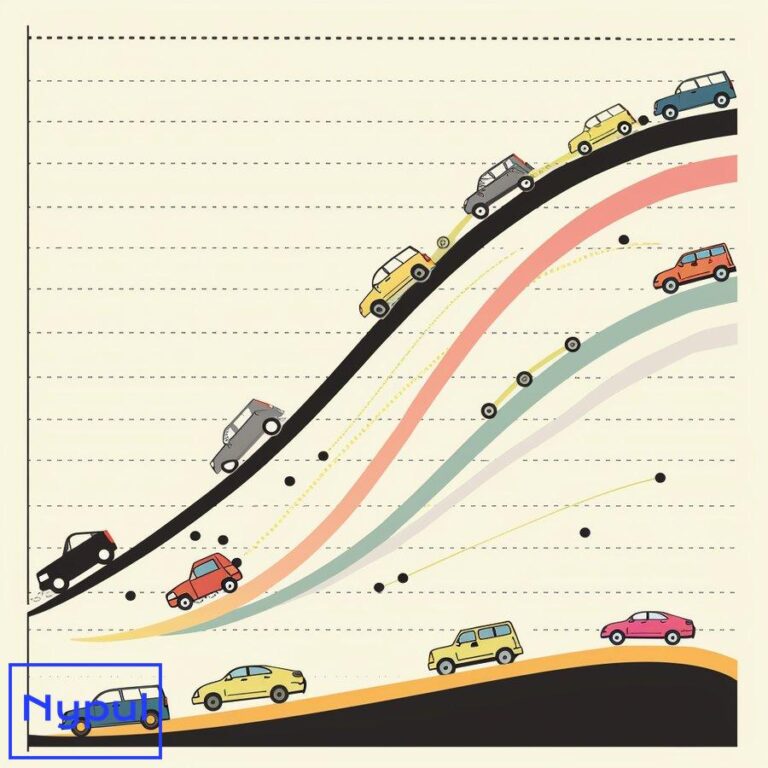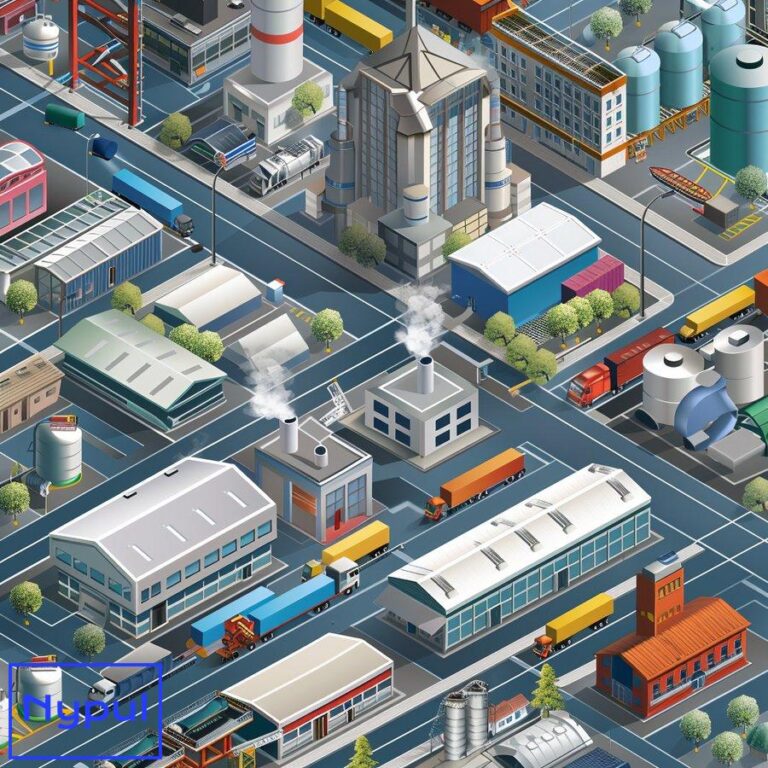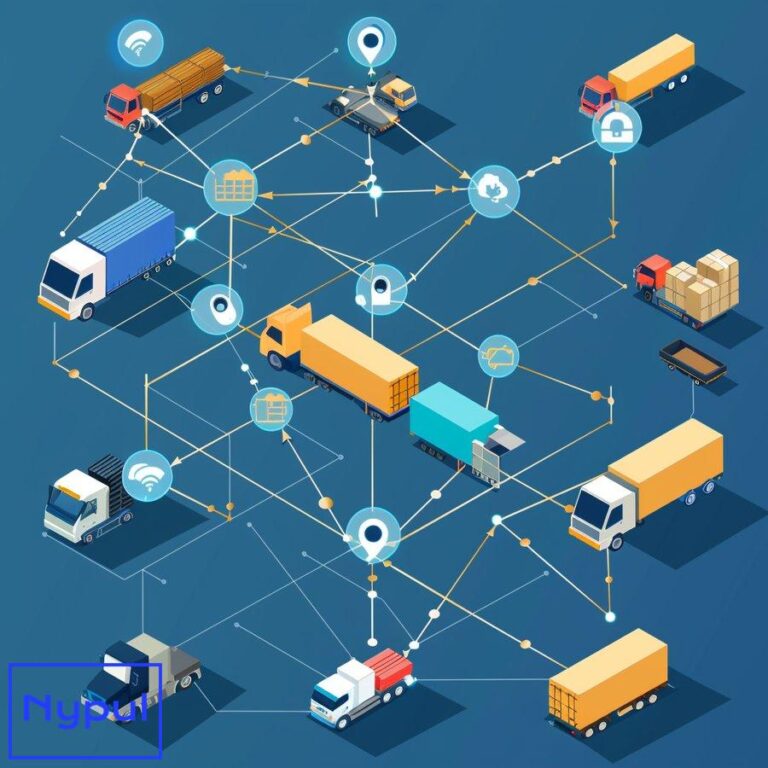What Is Key Performance Indicator in Transport
What are Key Performance Indicators (KPIs) in transport? Key Performance Indicators (KPIs) in transport are quantifiable metrics used to evaluate the success and efficiency of transportation operations. These indicators provide critical insights into various aspects of logistics, including delivery performance, cost management, and operational efficiency. KPIs serve as benchmarks that transport companies can use to…









